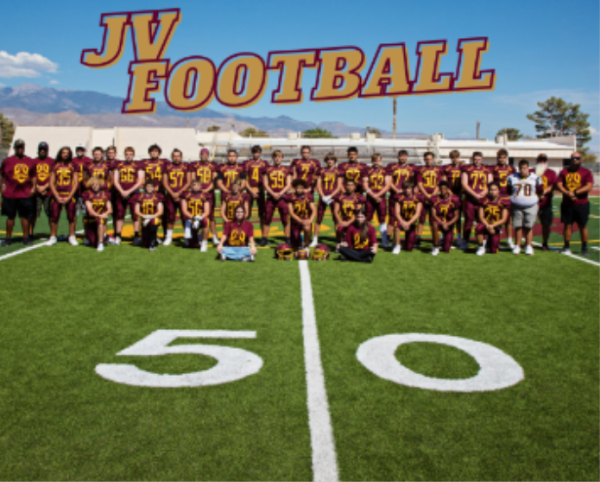One Climate, One World
Global warming is causing major damage–melting ice caps, droughts, killing animals, and ruining Mother Earth.
Global warming is causing major damage–melting ice caps, droughts, killing animals, and ruining Mother Earth. Global warming is a global increase in the overall temperature of the earth’s atmosphere, caused by increased levels of carbon dioxide, chlorofluorocarbons, greenhouse gasses, and other pollutants.
An animal that is affected by global warming is the polar bear. There are roughly 22,000 to 31,000 polar bears left in the world, the World Wildlife Fund estimates. While the ice caps are melting, the polar bears are starving.
Polar bears need about 4.4 pounds of fat per day to survive. However, they can’t get enough food to keep them alive because the ice, where they usually hunt, is melting away. Some polar bears are even forced to live only on the land, making them have to survive on eggs and berries.
We need the polar bears because if they went extinct, the seal population would increase too much and the fish population would decrease at an alarming rate. While the ice melts, polar bears are getting closer to extinction because they’re running out of places to raise their young and hunt.
“Their habitats are affected the most,” said Mr. Whitenight, PVHS Biology Teacher. Things such as droughts, storms, heat waves, melting glaciers, and warming oceans are all affecting the animals in a threatening, even deadly way.
When a drought occurs, if animals can’t adapt, they typically die of dehydration and are threatened by potential wildfires. Storms, such as hurricanes can blow animals hundreds of miles away from home and pull millions of fish from the sea and kill them.
Melting glaciers are causing sea levels to rise and that water is taking up more of the land during subsidence, the gradual caving in or sinking of an area of land.
Since 1880, the land and ocean temperatures have increased at an average of 0.13°F per decade, according to the NOAA (National Oceanic and Atmospheric Administration). 10 of the warmest years on record have all happened since 1998, 9 of which have all happened since 2005.
Glacier National Park in Montana is slowly melting away. In 1910, when President Taft created the park, there were around 150 glaciers. Today, there are less than 30 and most of them have shrunk in area by two-thirds.
Scientists fear we may have underestimated the impacts of humans on the earth’s climate. In some ways, humans have harmed the earth by overexploiting, polluting, and deforestation.
Overfishing, causes the population decline of hundreds of species. Humans pollute by using cars and airplanes, fumes from spray cans, burning fossil fuels, etc. Deforestation causes soil erosion and desertification.
“As a country, we need to cut our carbon emissions,” said Mr. Spangler, PVHS science teacher. Carbon emissions are the release of carbon into the air, a contributor to global warming. You can reduce carbon emissions by unplugging your devices, driving less, planting a garden, line-drying your clothes, and so much more.
Global warming is affecting the world in many ways, but it’s not too late to stop it. To fight against global warming, we could save energy, put the 3 R’s of sustainability (reduce, reuse, recycle) into practice, and eat food that is local and in season.






Jordan Moon • Nov 7, 2019 at 1:41 PM
the climate change epidemic is real they need to do sum about it
samantha Heberlein • Nov 7, 2019 at 10:46 AM
I think climate change is very real and should be taken care of and not just not thought of. we all live on this planet we need to take care of it